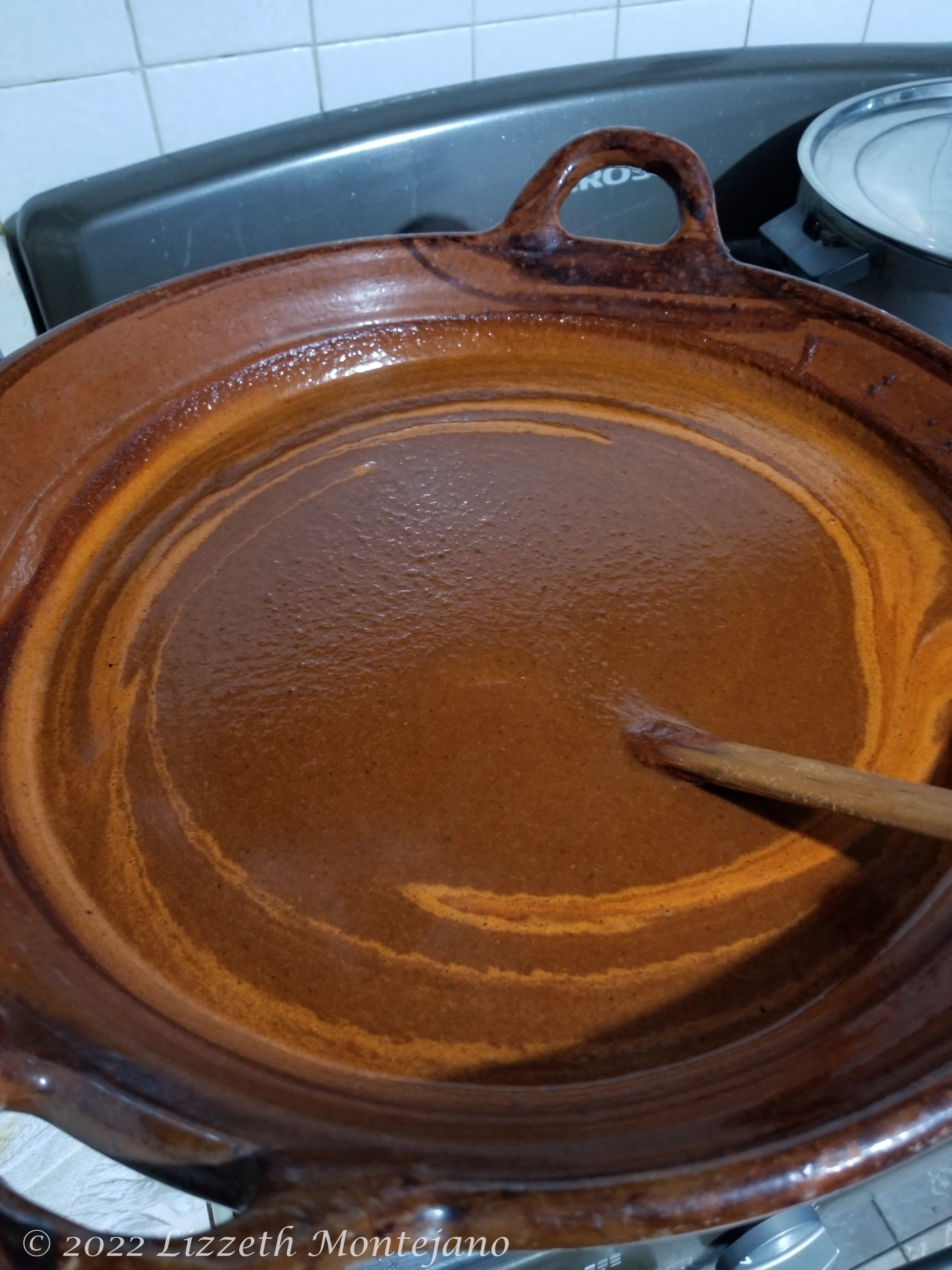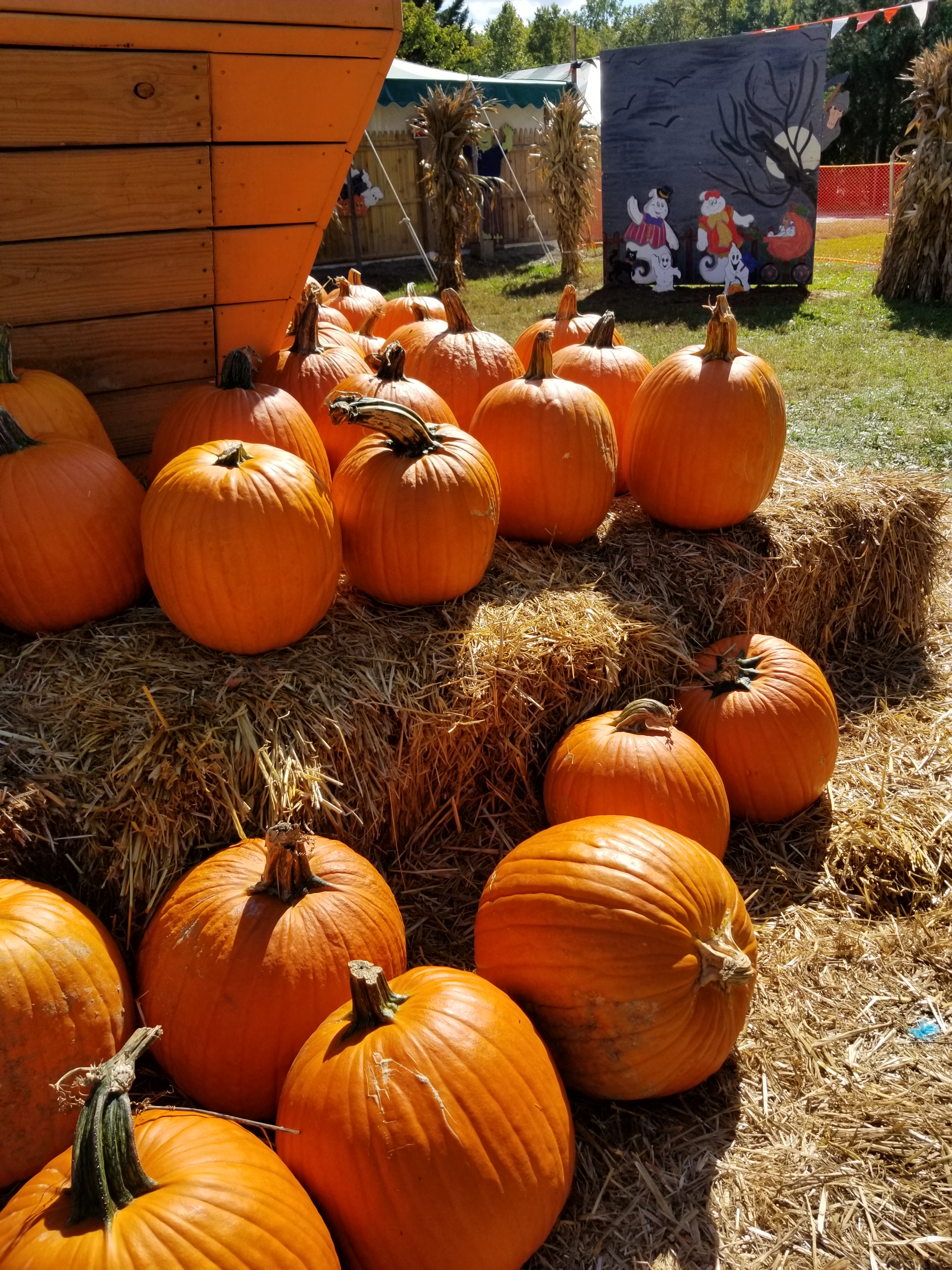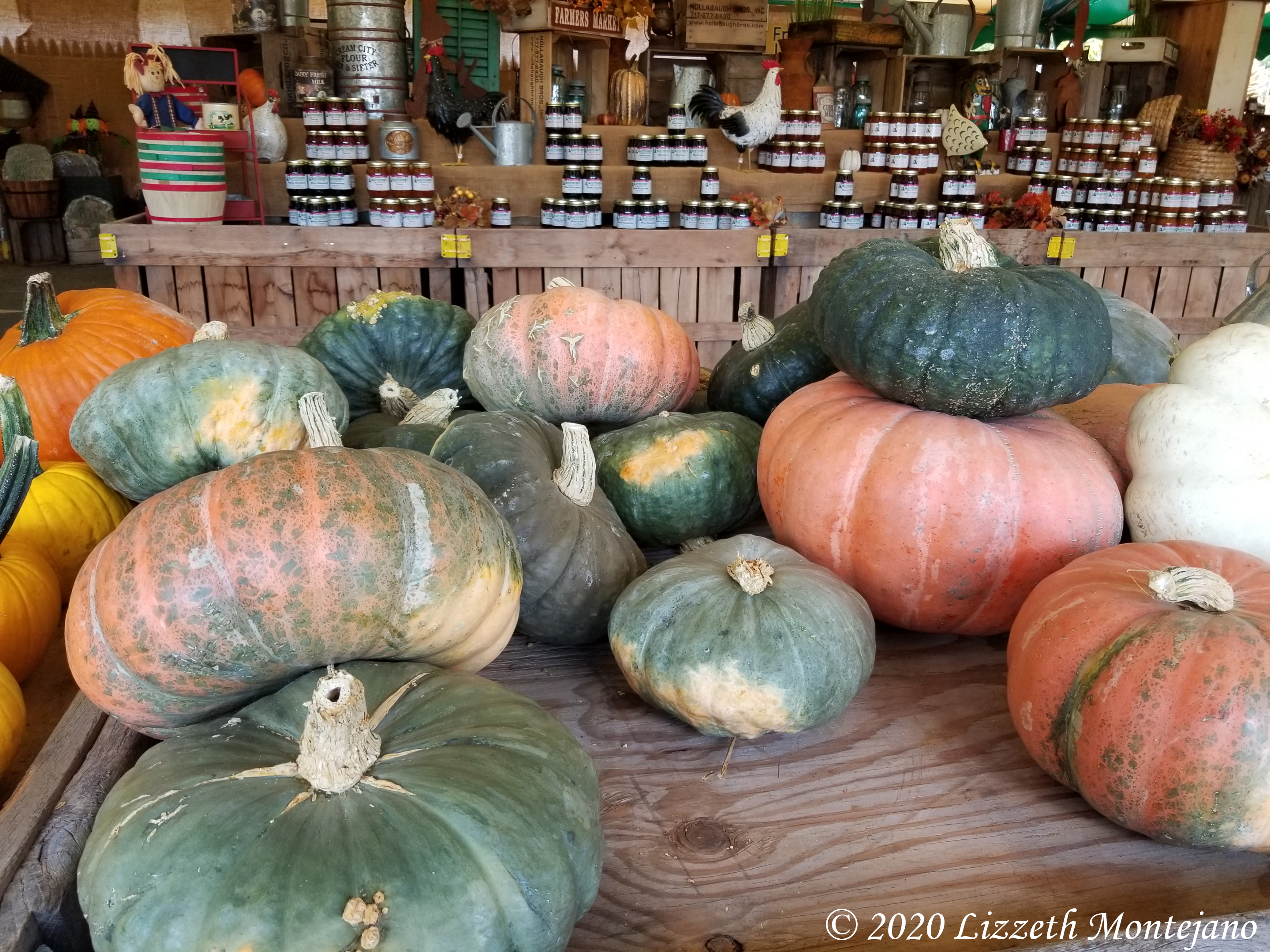I miss my grandmother’s Mexican mole.
Her mole dish was delicious and everyone loved it. She used to make it on special occasions.
When she passed away on June 24th, 2015, I was really sad, still processing her death. She passed away very early that morning without anyone having an opportunity to say goodbye.
I didn’t know how to process the news of her death, I come from a family who doesn’t know how to express their feelings in a healthy way, so it was really difficult to try to connect with anyone in my family and talk about my grandmother.
I am very comfortable with my spirituality and with my emotions, but it took years for me to finally embrace them. When my grandmother passed away, I tried talking to all my family members; mom, sisters, aunts, uncles, cousins, but they didn’t even know how to process their own feelings.
I turned to God for an answer and I prayed for my grandmother. The passing of my grandmother was a painful experience and I spent that summer grieving her death.
My grandmother passed away in Mexico and I didn’t have a chance to go to her funeral at that time. I still wanted to give my grandmother a proper goodbye.
After I found out the news about my grandmother, all of the memories we spent together came rushing down at once and I spent the days following her death just thinking about her. My relationship with my grandmother was complicated. She didn’t have a good relationship with my mom and her siblings and unfortunately, that burden was passed down to her grandchildren.
I went through a period of forgiveness while grieving for my grandmother. I still loved my grandmother and wanted to be able to express my love to her even after her death. I thought about all the things she loved to do, she liked gardening, cooking, and singing ranchera songs, while she did her chores. She particularly liked Lola Beltran and Vicente Fernandez songs.
Suddenly, a pleasant memory of her came to my mind, it was my grandmother in her kitchen making her favorite dish, Mexican mole.
She loved making this dish, she had her own secret ingredient that up until now, no one knows what that special ingredient was that made her mole so delicious.
I called my aunt from Mexico, whom I didn’t really have a good relationship with back when I lived there, but who knew my grandmother very well and took care of her before she passed away.
She told me that my grandmother was getting ready to prepare mole later on that day for one of her granddaughter’s birthday party. Since mole is a very elaborate dish that could take days to make, at least the way my grandmother made it, she wanted to prepare it two days ahead before the party.
My grandmother was planning to make mole the day she passed away and she didn’t get a chance to make it…
Then, all of the sudden I thought, “my grandmother wanted to make her favorite dish and she didn’t get a chance to… what if I make it for her, what if I make it for her in her honor? After all, I’ve been wanting to do something special to give her a proper goodbye. Perhaps, this is it. I’ll attempt to make mole for the first time in my life.”
Mole seemed so daunting and difficult to make. My mom learned to make mole all by herself when we moved to this country in the 90’s, and I loved whenever she made it, but I never imagined myself making this elaborate dish, I always thought this was something reserved for the older women in my family.
I had to go buy many of the ingredients as this special dish calls for many spices and dried chilies. I realized after I gathered all the ingredients to make mole that I was going to have to replace some of the ingredients of this dish as I was not going to be able to find them in the U.S.
The day I made mole for the first time, I was very emotional, I cried throughout the process of making it, I prayed and talked to my grandmother’s spirit so she could help me prepare this special dish. I could hear her telling me what I should add and omit, even though we never had the opportunity to cook mole together.
Throughout the process of making mole, I released all of my negative and positive emotions that I had towards my grandmother. This process was cathartic. I would say that preparing mole after my grandmother’s death, was very therapeutic for me.
It was an all-day event trying to prepare mole for the first time. My older daughter who was five-years old at the time assisted me, and I had my mom’s mole recipe (which she learned on her own), and I also had my aunt’s mole recipe who shared it with me when I called her after my grandmother’s passing.
This process of making an elaborate Mexican dish helped me to be more confident in myself about cooking Mexican food. I had to learn to make decisions about which ingredients I could replace and how it would make my mole taste better.
By the end of the day, my mole was finally done and it tasted delicious, it wasn’t quite my grandmother’s mole, but it was my own version of Mexican mole. Also, after making mole several times now, I realized that no matter how much I tried to replicate my grandmother’s mole, my mole was not going to taste the same as hers. For example, my mom’s mole tends to be spicier because she doesn’t like it sweet and it is still delicious, but it is not my grandmother’s mole, my aunt and I prepared my grandmother’s mole and it turned out so good, it was spicy and sweet at the same time, so rich and thick that I would say, her mole was as close to my grandmother’s, but still, it wasn’t my grandmother’s mole…
Since that day, I’ve been attempting to prepare my grandmother’s favorite recipes, with the help of my mom, who remembers some dishes and my aunt from Mexico who used to help my grandmother prepare those dishes. Little by little, I’ve been putting together my grandmother’s recipes and have been working at recreating them.
In 2019, I finally had the opportunity to visit San Luis Potosi, the place where I was born and where my grandmother lived before her death and I accepted my aunt’s invitation to visit her at my grandmother’s house.
I wanted to learn how to cook my grandmother’s mole and hear from my aunt, who spent the most time with her before she passed; what ingredients did she put? how did she measure ingredients? what were the secrets in her mole?

Preparing my grandmother’s mole was not an easy task, it took all day, but I didn’t mind because I was able to make new memories with my aunt, who was now willing to share with me anecdotes and recipes of my grandmother.

We spent a memorable day together to say the least, but most of all, I believe that the ritual of preparing my grandmother’s mole helped me to get close to my grandmother in many ways I thought possible. I’ve learned so much about my grandmother throughout this process, such as, why she was the way she was, where did she come from, why did she cook this special dish the way she did, and why she never took the time to teach her children, and grandchildren how to prepare and appreciate this beautiful talent that she had, which was cooking.


I wish that my grandmother had known how much her cooking meant to all of us. That her cooking was meant to be shared not only with friends and neighbors, but with her own kin, her children, grandchildren and great-grandchildren. That knowing how to cook from the heart is not to be taken for granted and it is something to be worthy of being passed down to her future generations.
One of the things that made me really sad after my grandmother passed away was that I wished she would’ve personally taught me how to cook her special recipes, that she would’ve taken the time to teach me how to make her beloved mole recipe, and that we would’ve spent more time together.
It’s been seven years since her passing, and every year I prepare mole in her honor. Last year my daughter helped me prepare mole and she prepared most of it on her own. My mole doesn’t quite taste like my grandmother’s and that’s ok, we are trying to create our own recipe. It won’t be my grandmother’s mole, even though I loved her mole; it won’t be my mother’s either, even though hers tastes delicious; and it won’t be my aunt’s mole, even though I loved her mole dish, but it will be our own mole, our own family recipe; one prepared with love and one that will be shared with our future generations.





























